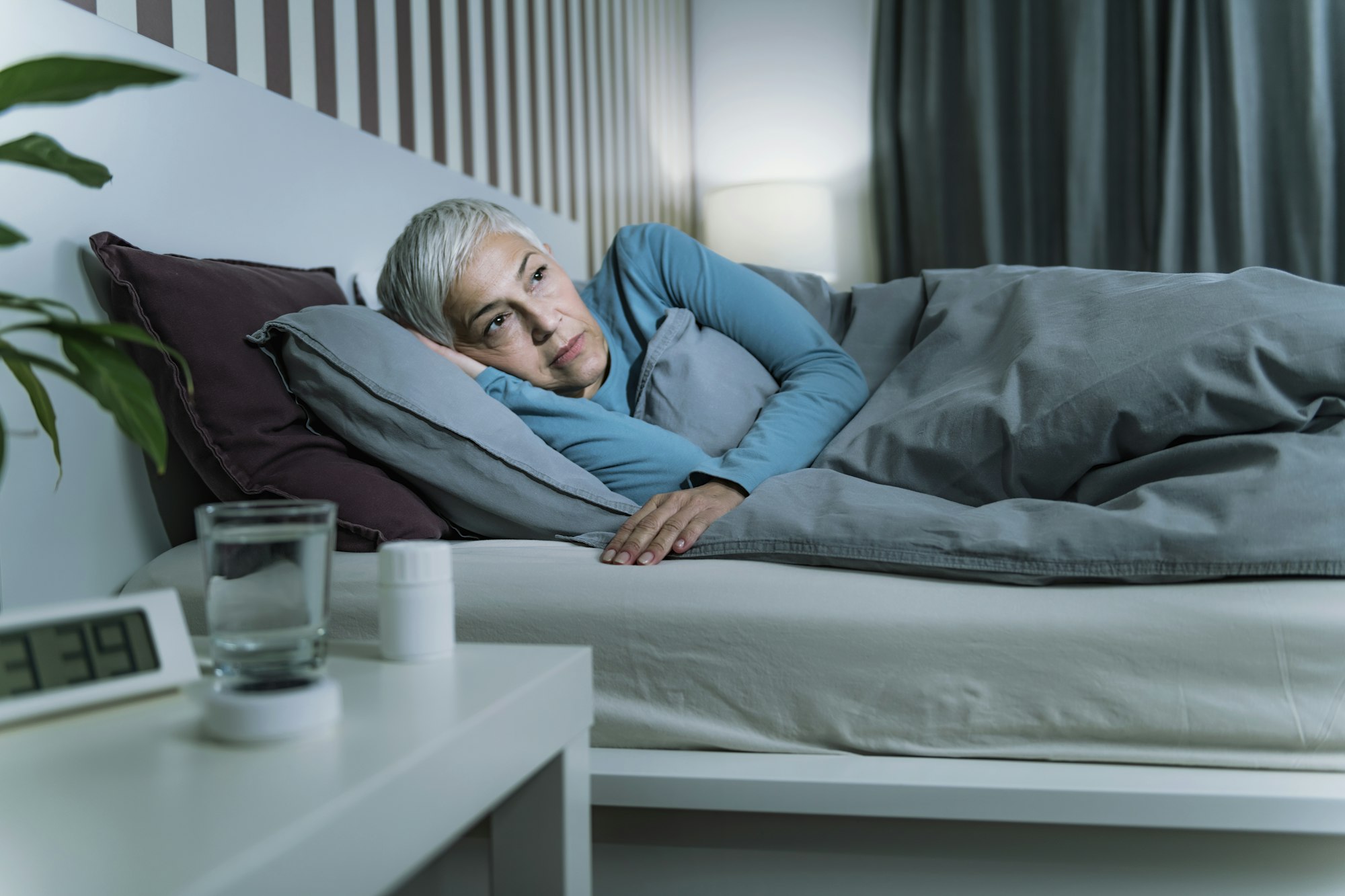Sonno Sleep Center
June 13, 2024

Narcolepsy and REM sleep behavior disorder are two sleep disorders that are much less common and are frequently misunderstood by both physicians and patients.
Narcolepsy typically does not cause a person to sleep excessively. Most patients with narcolepsy sleep only 8 to 9 hours in a 24-hour period. This is the normal sleep requirement for most adults. Instead, people with narcolepsy have difficulty with regulating transitions between sleep and wakefulness. They may have brief attacks during the day where they fall asleep without warning and they may have difficulty staying asleep at night. Most narcoleptic patients find 5- to 15-minute naps refreshing and can stay awake without much difficulty for 1 to 2 hours after a nap.
About 60 percent of people with narcolepsy experience spells referred to as cataplexy. These involve a brief and sudden loss of strength and muscle tone, which may cause a fall and/or injury. These spells are most often provoked by laughter or strong emotion. They can be both dangerous and debilitating for people who experience them. People who experience cataplexy are often embarrassed and frustrated by the episodes.
Medications are available to reduce the frequency and severity of both sleep attack and cataplexy. People who think they may have narcolepsy should be promptly evaluated and tested at a sleep center.
REM sleep behavior disorder occurs most often in older adults and is sometimes confused with sleep walking. Sleep walking is most common in children and adolescents.
REM sleep behavior disorder results from a loss of the normal paralysis of the skeletal muscles during dream sleep. People will physically act out parts of dreams. They are at risk for seriously injuring themselves or their bedpartners. The exact cause for this disorder is unknown but it is seen more often in people with Parkinson’s disease and a few other degenerative neurological disorders. REM sleep behavior disorder is treated with medication and by rearranging objects in the bedroom to improve safety. Diagnosis is usually made following an evaluation in the doctor’s office. Sleep studies may be considered in cases where the diagnosis is uncertain.
Most people are unaware that the two most common sleep complaints besides snoring are not usually caused by a sleep disorder. These complaints are insomnia and daytime sleepiness or fatigue. Insomnia is most often a symptom of another problem. Its cause can range from something as simple as stress, pain or a certain medication. Alternatively it may be due to multiple factors, including the sleep environment or a serious medical or psychiatric illness. The most common cause of daytime sleepiness is not getting enough sleep on a routine basis, or other poor sleep habits.
Tags :
Share This :